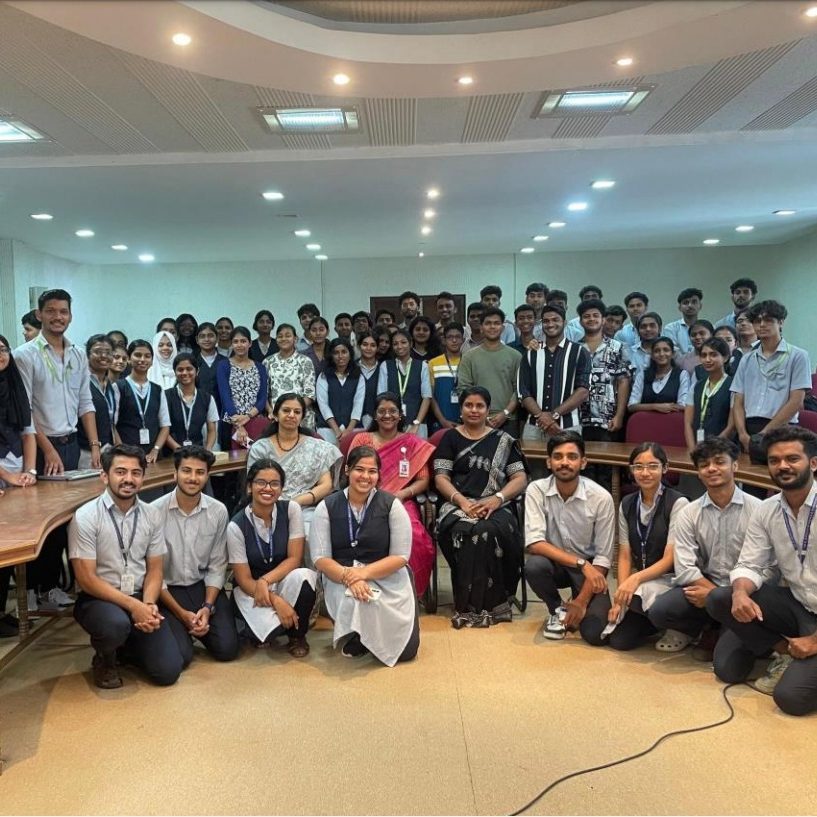Tariq Rahim Soomro, Professor, and Dean, College of Computer Science and Information Systems, Institute of Business Management (IoBM), Karachi, Sindh, Pakistan, has received BSc (Hons) and M.Sc degrees in Computer Science from the University of Sindh, Jamshoro, Pakistan, and his Ph.D. in Computer Applications from Zhejiang University, Hangzhou, China. He has more than 26 years of extensive and diverse experience as an administrator, computer programmer, researcher, and teacher. As an administrator, He served as Coordinator, Head of Department, Head of Faculty, Dean of Faculty, Head of Academic Affairs. He has published over 90 peer-reviewed papers. He is a Senior Member of IEEE, IEEE Computer Society, and IEEE Geosciences & RS Society since 2005 and IEEE Member since 2000. He has been an active member of IEEE Karachi Section (Region 10), served as Chair GOLD Affinity Group, Member Executive Committee 2014 & 2017-2020, and Branch Councilor. He is a member Task Force on Arabic Script IDNs by Middle East Strategy Working Group (MESWG) of ICANN and Member Editorial Board “Journal of Geosciences and Geomatics” and also served as Technical Program Committee Member of several international conferences. He also received the ISOC Fellowship to the IETF for the 68th Internet Engineering Task Force (IETF) Meeting. He is currently serving as Vice-Chair, IEEE Karachi Section, and R10 Computer Society Area Coordinator for Southern Area.
Institute of Business Management, Karachi
Email: tariqsoomro@ieee.org
DVP term expires December 2023
Presentations
Challenges of Cyber Security
The world around us is getting smarter and with the growth in technology, the new doors to the new threats and challenges to cyber Security are also opening. The research and innovation in the areas of 5G network, Artificial Intelligence, and IoT indicate that the cyber challenges for security professionals lie in these areas. AI-base hacking, crypto-jacking, and using machine learning for cyberattacks are real challenges. Attack like crypto-jacking may benefit the criminal more than other cybercrime. For the protection against the cyberattack, the crucial thing is to identify the risk and compose an organized-wide strategy.
Social Media-Related Cybercrimes and Techniques for Their Prevention
Since the past decade, social media networking has become an essential part of everyone’s life affecting cultural, the economic and social life of the people. According to internetlivestats.com, in March 2019 the Internet users reached 4 168 461 500, i.e., 50.08 % penetration of world population. According to Statista, in 2019 there are 2.22 billion social media networking users worldwide, i.e., 31 % of global social media networking penetration, and it is expected that in 2021 this number will reach 3.02 billion. These social networking sites are attracting users from all walks of life and keeping these users’ data in the cloud. Today’s big challenge is related to an increase in volume, velocity, variety, and veracity of data in social media networking, and this leads to creating several concerns, including privacy and security; on the other hand, it also proves as a tool to prevent and investigate cybercrime, if intelligently and smartly handled. The law enforcement agencies are putting their utmost efforts to prevent cybercrime by monitoring communications activities over the Internet. In this paper, the authors discuss recommendations and techniques for preventing cybercrime.
Cyber Security and the Internet of Things
The Internet has become a vital part of our lives. The number of Internet-connected devices are increasing every day and approximate there will be 34 billion IoT devices by 2020. It is observed that security is very weak in these devices and can be easily compromised by hackers as some manufactures failed to implement basic security. Current devices use standards that are easy to implement and works for most forms of communications and storage. There is no such standard solution that will work on every device within the Internet of Things, because of the varied constraints between different devices; resulting in classifications within the Internet of Things. This study addresses security challenges in the Internet of Things (IoT); first will discuss the IoT evolution, architecture, and its applications in industries. Further, classify and examine privacy threats, including survey, and pointing out the challenges that need to be overcome to ensure that the Internet of Things becomes a reality.









